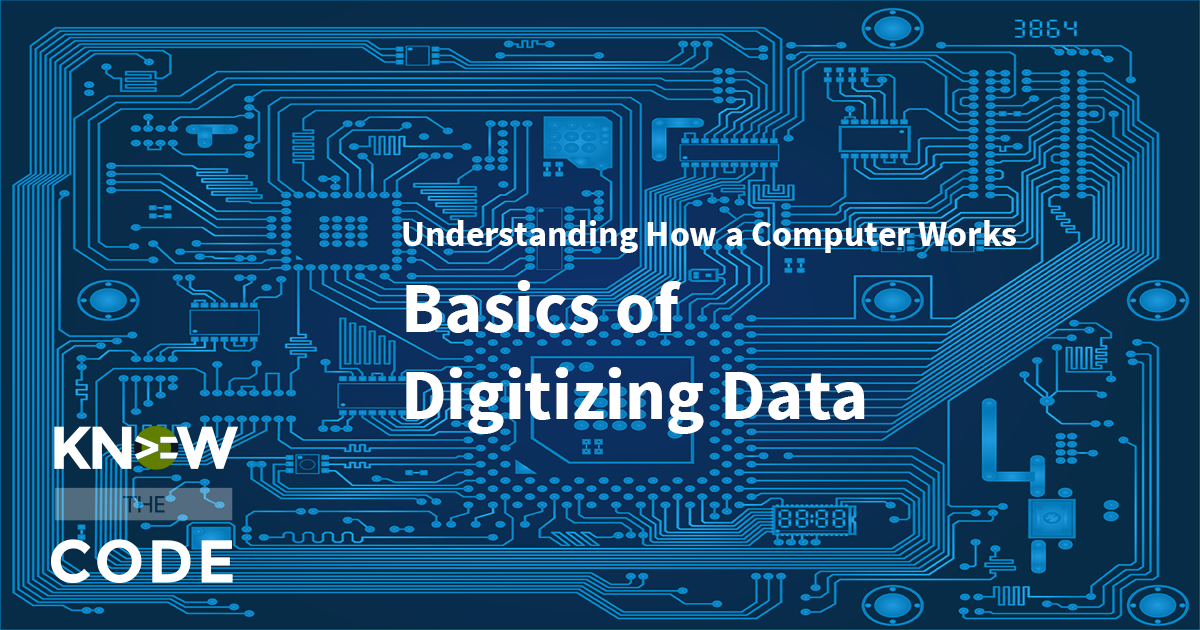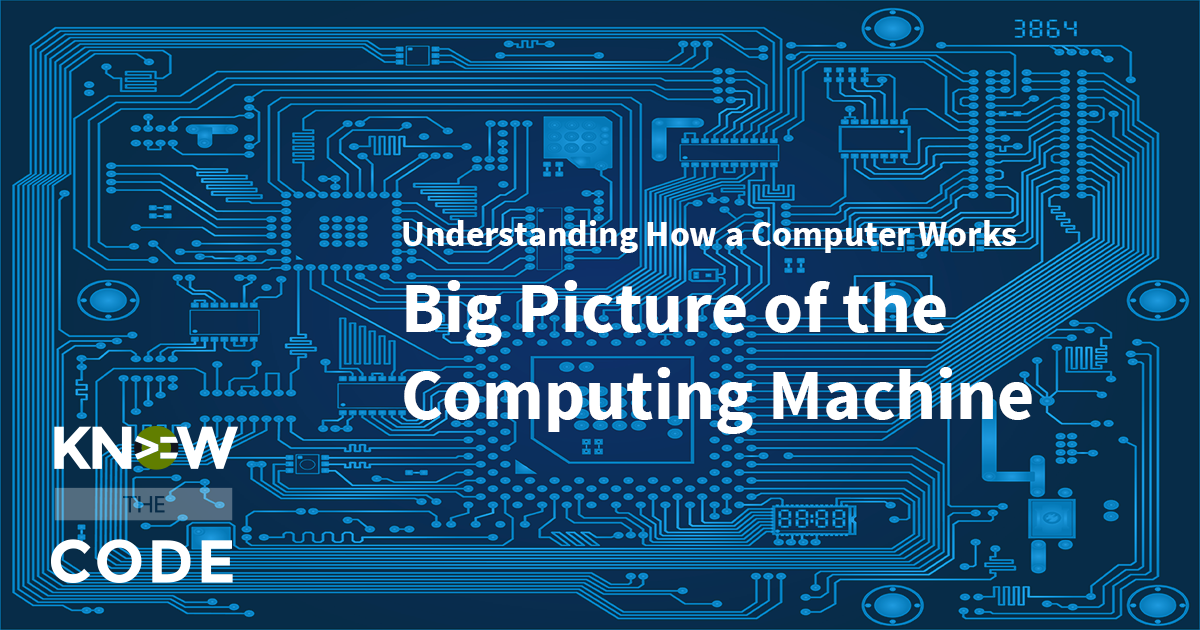Let’s talk about the age of 16-bit and new numbering system. We need to compute larger numbers. Working in binary and octal is mind-numbing. Bam, welcome the hexadecimal (or hex) notation, which you use every day for CSS color codes. Your key takeaways in this episode are: Hexadecimal (hex) more condensed notation Allows up 16 digits: 0-9 + A-F One hex notation is the same as 4-bit groupings in binary Useful for larger numbers Color codes use hex Study Notes Remember: Larger numbers = more power The process of converting binary to decimal takes a few steps. It is more […]
Labs
Labs are hands-on coding projects that you build along with Tonya as she explains the code, concepts, and thought processes behind it. You can use the labs to further your code knowledge or to use right in your projects. Each lab ties into the Docx to ensure you have the information you need.
Each lab is designed to further your understanding and mastery of code. You learn more about how to think about its construction, quality, maintainability, programmatic and logical thought, and problem-solving. While you may be building a specific thing, Tonya presents the why of it to make it adaptable far beyond that specific implementation, thereby giving you the means to make it your own, in any context.
Improving Binary Representation
In this episode, you are going to learn about how to improve the binary representation. Computer scientists and mathematicians found a way to look at the number pattern and intuitively read it to know what it represents. The key takeaways from this episode are: Octal gives us a more efficient representation of 1s and 0s Base-8 8 digits 0-7 Breaks binary into groups of three bits starting from LSB Study Notes Converting from binary to decimal? There has to be an easier way. The process of converting binary to decimal takes a few steps. It is more difficult to look […]
Lab Introduction
This episode introduces you to the basic of digitizing data. Remember that computers do not understand your code directly. No, they understand 1s and 0s. Computers do not understand this: Wait a second! How do computers understand code? Software understands how to convert code into computer machine code: Computers only understand 1s and 0s.

Basics of Digitizing Data
We communicate with numbers, images, and text. How does the computer represent this information? In this lab, you will learn about the basics of digitizing data for the computer.

Big Picture of the Computing Machine
As part of the Understanding How the Computer Works series, this lab provides you with a big picture of the computing machine. Before you dig into how data and code is represented in the computer, you need to understand a big picture view of the computer. You’ll learn about how code is translated into the 1s and 0s that the digital circuits need as well as why computers need 1s and 0s.
Binary – Combining 1s and 0s
This episode continues our discussion on the Basics of Digitizing Data. Let’s talk about the Base-2 or Binary Numbering System. This system uses a pattern of 1s and 0s. Computers use binary. Your key takeaways are: Binary system is base-2 or positional power of 2 1 bit is a single digit 1 bit is either 0 or 1 1 byte is 8 bits Byte can be 0-255 or 256 possible values Computers use bytes Study Notes Combining 1s and 0s gives us a Base-2, or Binary Number System Binary Number System Base-2 Base 2 means each position is an incremental […]
Number System for State
This episode continues our discussion on the Basics of Digitizing Data. Let’s talk about a numbering system that represents state, i.e. on or off and one or zero. It’s an introduction to binary. Your key takeaways are: 0 and 1 are the simplest digits 1 represents a value, e.g. on, go, present, all clear, etc. 0 represents no value, e.g. off, stop, absence, not clear, etc. Digital signal is 0 or 1 Combine 1s and 0s to represent counts (numbers) Study Noties What is the simplest way to communicate in a numbering system? Think about this: What are the simplest […]
Symbol to Represent Quantity
This episode continues our discussion on the Basics of Digitizing Data. In order to understand how computers work, first, you need to go back to your basic math. Let’s talk about the symbols we use to represent quantities. This episode is a quick overview of our counting system and Base-10 numbering system. Your key takeaways are: Numbers and digits are the symbols used to represent a quantity Digits are the numbers 0 to 9 The Decimal Number System is based on the quantities of 10 Base-10 is expressed as 10 to the power of a factor of X Study Notes […]
The Why of 1s and 0s
This episode explains why computers only understand 1s and 0s. You will walk through a thought experiment to help you understand. Your key takeaways are: Computers work on voltage Computers cannot accurately, precisely, and consistently process analog signals Computers require the smallest amount of variability to be accurate 1s and 0s—or on and off—are the smallest degree Binary is the representation of complex numbers but in a 1 and 0 format Study Notes Problem 1: Feeding decimal numbers directly into the computer According to this picture, what happens when processing decimal numbers instead of 1s and 0s? If we wanted […]
Code to Circuits
This episode introduces you to the process of converting code into the digital circuits of 1s and 0s that a computer needs. Your key takeaways are: Instructions and code are software Software is converted from the human readable format to the 1s and 0s the computer circuits need Definition and types of “computers” Key attributes of a computer A big picture view of the computer anatomy Study Notes The picture above shows how software moves through a system. The basic flow is as follows: A web page request is made to the web server Web server goes to the hard […]
